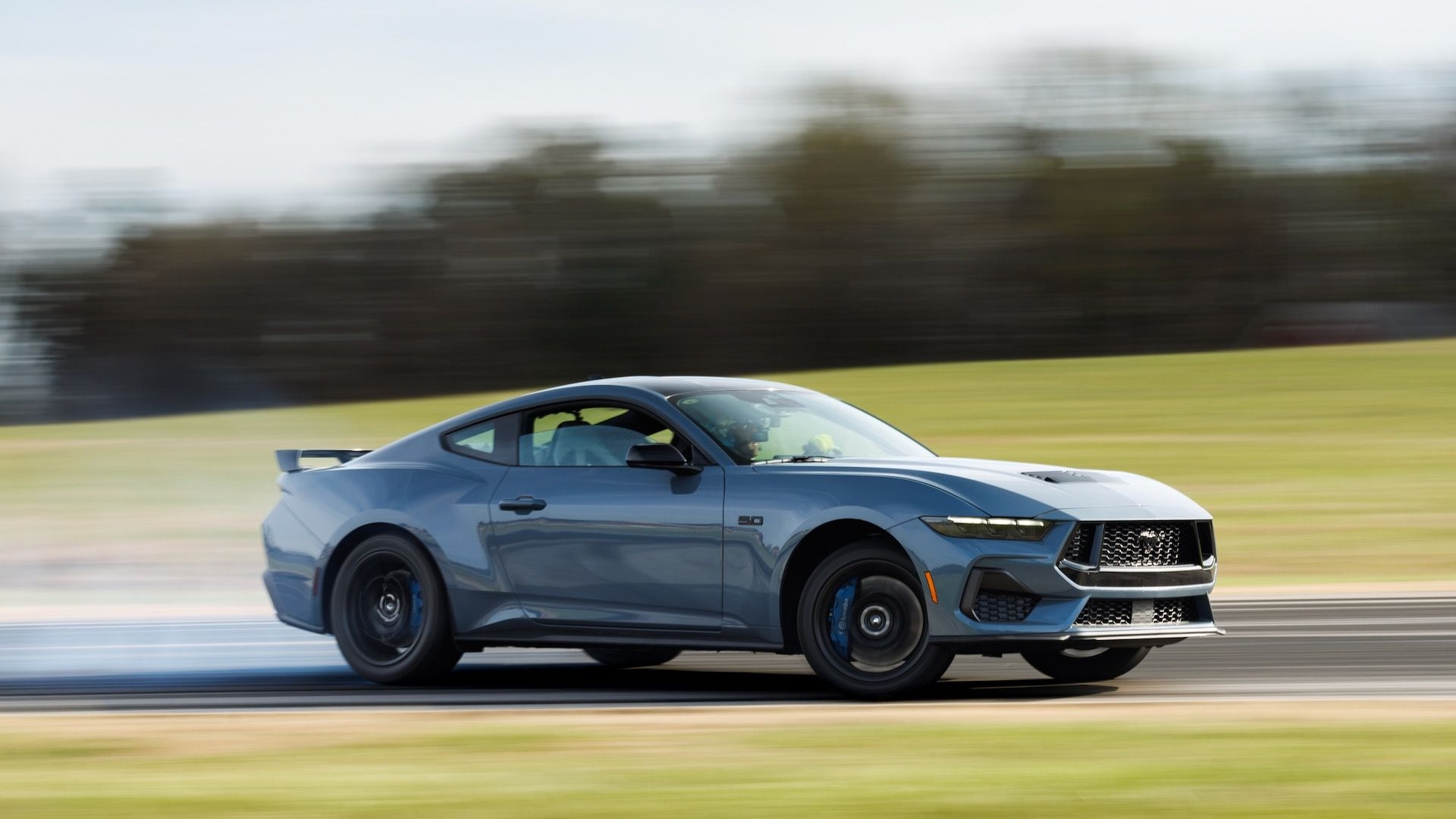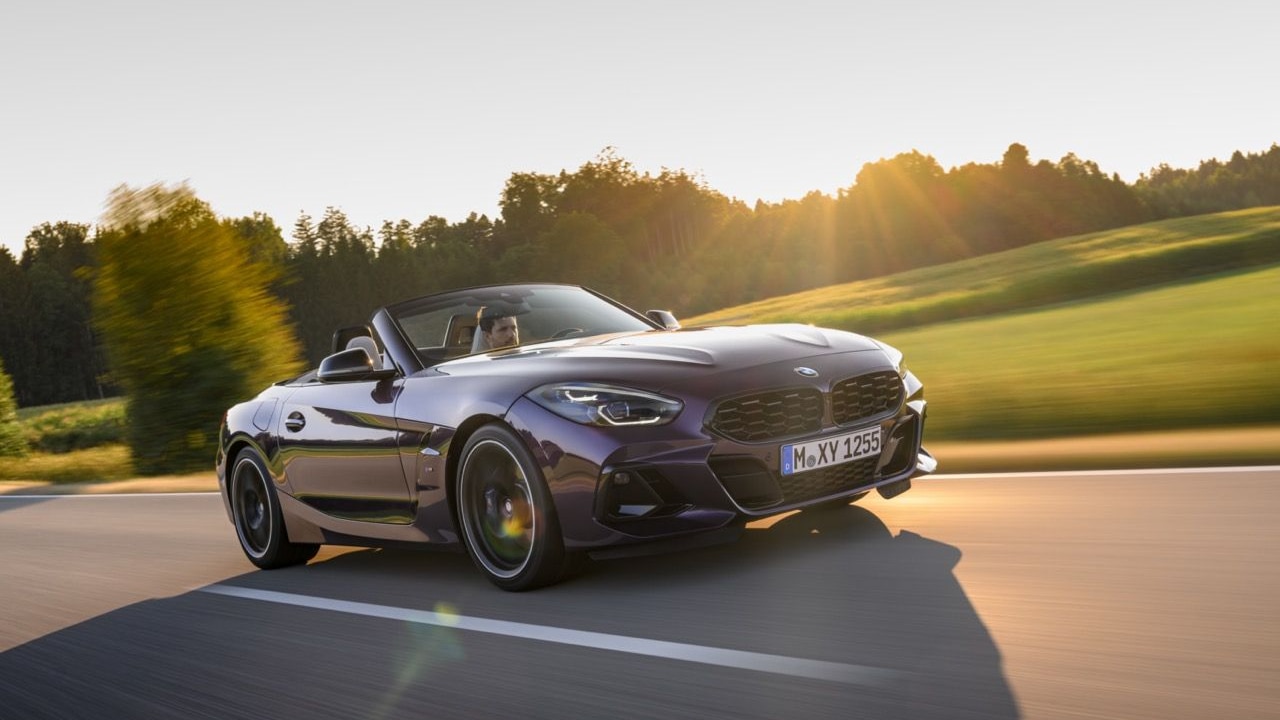That’s not success you want to tamper with, and it’s not going to be easy to replicate on future versions of the car. Some details are already decided: the next Camaro will share the smaller-and-lighter Alpha platform with the Cadillac ATS, a concession to shaving pounds and boosting fuel economy.
That change will make the next Camaro a better performer on the track, but the next car needs to be equally adept as a boulevard cruiser. The choice of engines is critical, too, and it’s possible that future Camaro SS models will use a forced-induction V-6 instead of the current V-8.
Then there’s the issue of styling to consider. As Al Oppenheiser, Camaro’s chief engineer, explained to Automotive News (subscription required), “In some ways it’s actually going to be tougher (to design the next Camaro). Do you make it look like a second-gen (built from 1970-81), or do you make it look like the first gen (1967-69)?”
While the team has a styling direction in mind, they’re not willing to share any information on that just yet. The next Camaro is scheduled to debut in the fall of 2015, but it will likely appear in a segment that’s radically different than it is today.
Ford will launch an all-new Mustang in time for the car’s 50th anniversary in 2014 (or 2015, depending upon your perspective), and there’s been talk about a Dodge Challenger replacement to be called the Barracuda.
There’s also the Hyundai Genesis Coupe to factor in, since it’s likely to add power and get additional refinement in the coming years, and Nissan’s 370Z remains a strong performer, too. One thing is clear: selling cars in the segment won’t get any easier, which puts even more pressure on GM to get the next Camaro right the first time.


